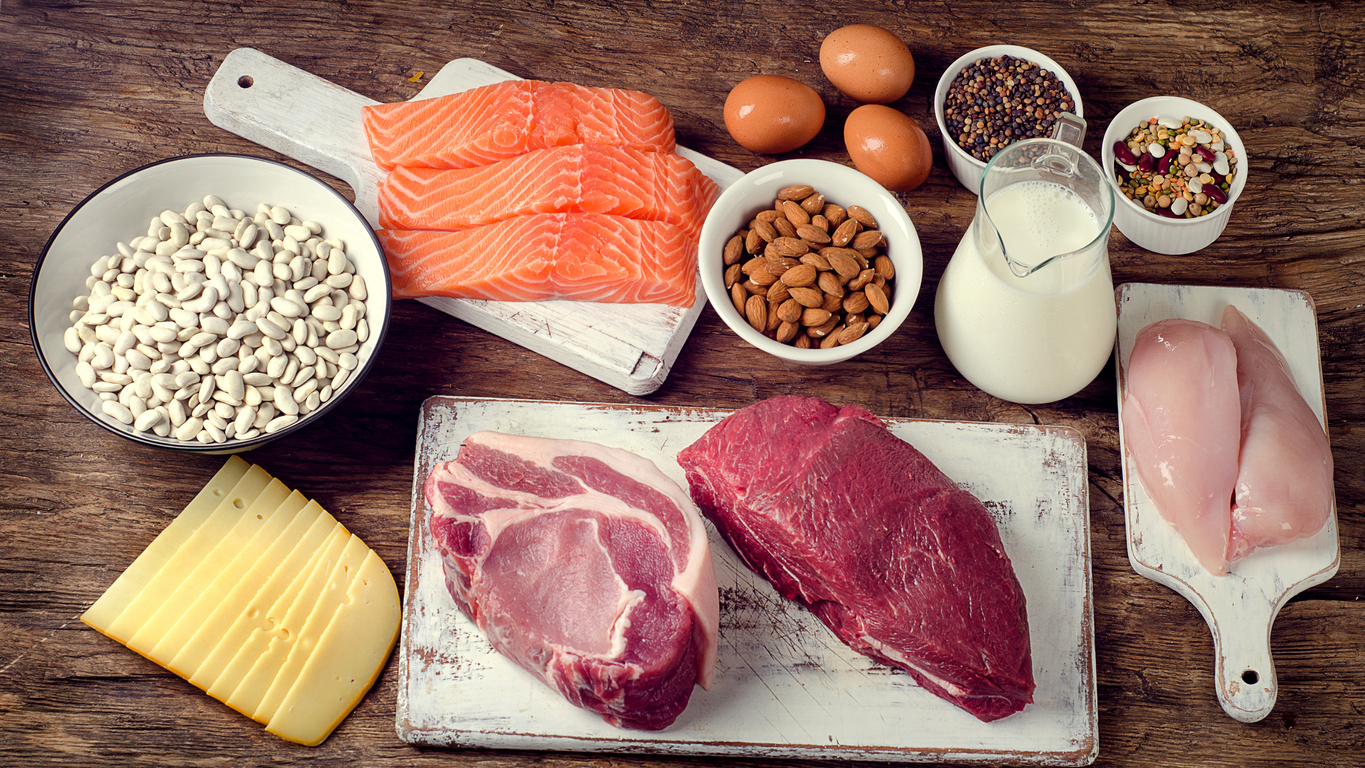What is the Maximum Temperature for Holding Cold, Potentially Hazardous Food?
If you work in the food business, you're undoubtedly aware of the numerous standards and laws that must be obeyed in order to guarantee that a safe product is produced. Holding potentially dangerous foods at temperatures below 41 degrees Fahrenheit or above 135 degrees Fahrenheit for more than four hours is one such rule.
When the temperature of these foods rises beyond this level, the FDA has provided guidelines on what to do. The most crucial step is to place these things in shallow pans with ice or frozen gel packs to assist swiftly and securely decrease their temperature.
Hazardous foods may usually be kept at a temperature of 41 degrees Fahrenheit for up to four hours if they are being watched and not handled.
What’s the Exact Holding Temperature for Cold Food?
The temperature range for safe cold food storage has been discussed for a long time. Some individuals recommend a temperature of 40 degrees Fahrenheit or lower, while others feel that cooler temperatures are preferable and recommend a temperature of 32 degrees Fahrenheit.
In truth, no specific holding temperature for cold food exists since it varies based on the type of food being refrigerated and how frequently you check to determine if your refrigerator needs to be re-cooled owing to warm weather or other variables.
The cold holding temperature for potentially hazardous food is at 40 degrees Fahrenheit for 7 days.
When Storing Potentially Dangerous Foods, What Temperature Should They Be Kept at?
Foodborne disease is a major and widespread problem in the United States, with an estimated 48 million people falling ill each year as a result of it. Keeping potentially dangerous foods at the proper temperature is one of the most preventive methods to avoid sickness.
The FDA offers food safety rules for a variety of foods. Raw meats, for example, should be kept below 41 degrees Fahrenheit or over 140 degrees Fahrenheit; fresh fruit should be maintained between 32 and 40 degrees Fahrenheit; and dairy products should be kept between 37 and 45 degrees Fahrenheit.
All potentially dangerous foods must be kept at or below 41 degrees Fahrenheit.
Is it OK to Consume Food That Has Been Out for Four Hours?
It is not an option to eat food that has been left out in the open for four hours. The grocery shop may give you a 4-hour time restriction before throwing your food away, but that doesn't imply it's still edible. In fact, because of all the germs and microorganisms that proliferate during this time, it can be dangerous.
Food that has been left out for four hours is not safe to eat. The bacteria can proliferate and cause digestive system irritation.
In Terms of Degrees, what is the Danger Zone for Food?
If food is not preserved at the proper temperature, it might be hazardous. The danger zone varies depending on the kind of food, but anything above 40 degrees Fahrenheit or below 140 degrees Fahrenheit should be avoided at all costs.
For example, the chicken salad may appear to be OK when served cold from the refrigerator or cooler, but once the chilling period has passed and the temperature increases to approximately 45-50°F (7-10°C), germs can quickly begin to develop.
You might be thinking, "How long does food last?" What are the food risk zones? Questions of this kind will be answered here.
Between 40 and 140 degrees, Fahrenheit is the danger zone for food.
What Type of Food Get Toxic in 4 Hours?
In as little as four hours, foods that are safe to consume at the moment of purchase can become hazardous and poisonous.
It is critical for food merchants to be aware of this so that they can take action to protect their consumers' safety.
Meat, eggs, milk, and cheese are among the foods that become hazardous after four hours.



